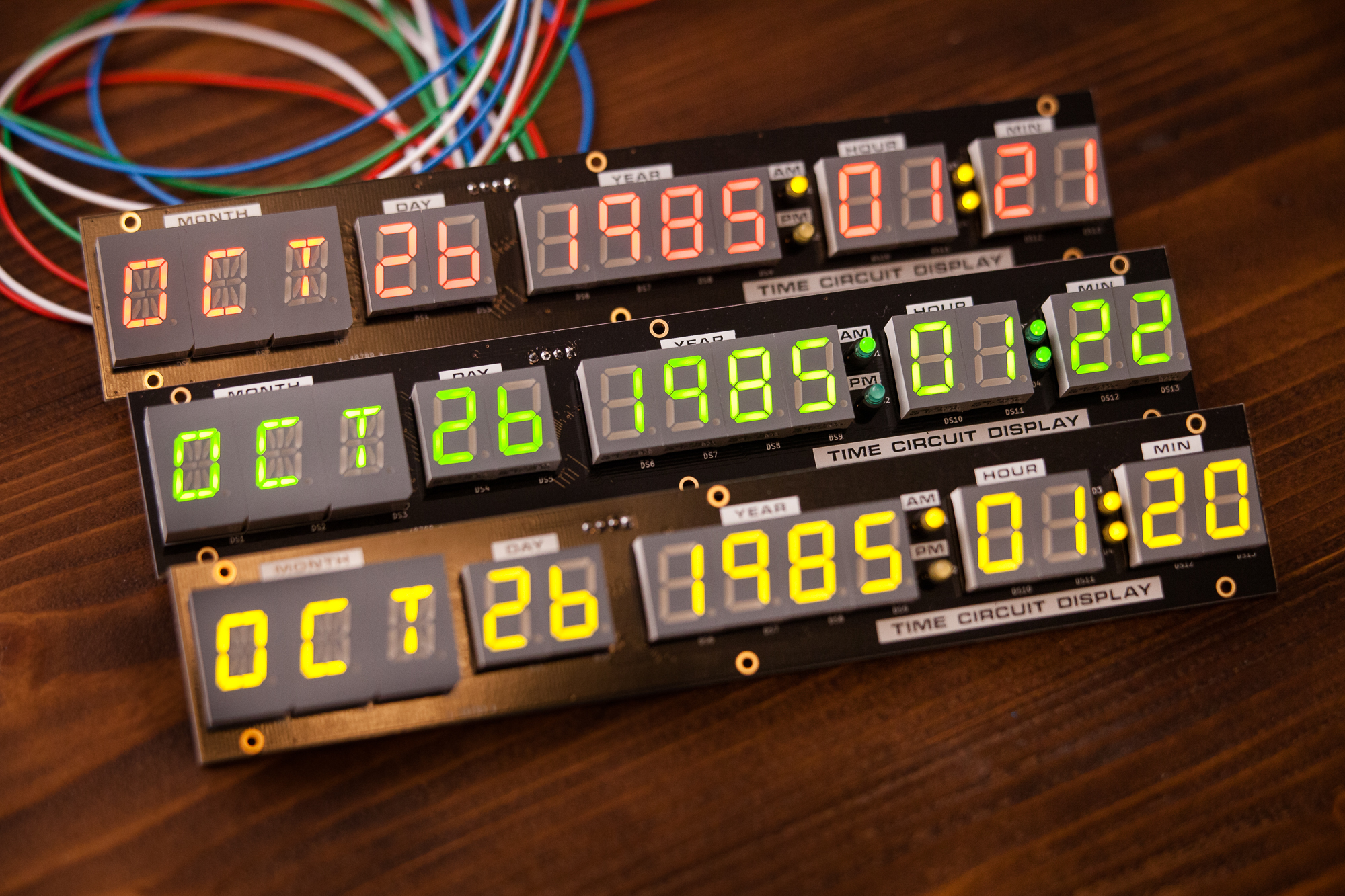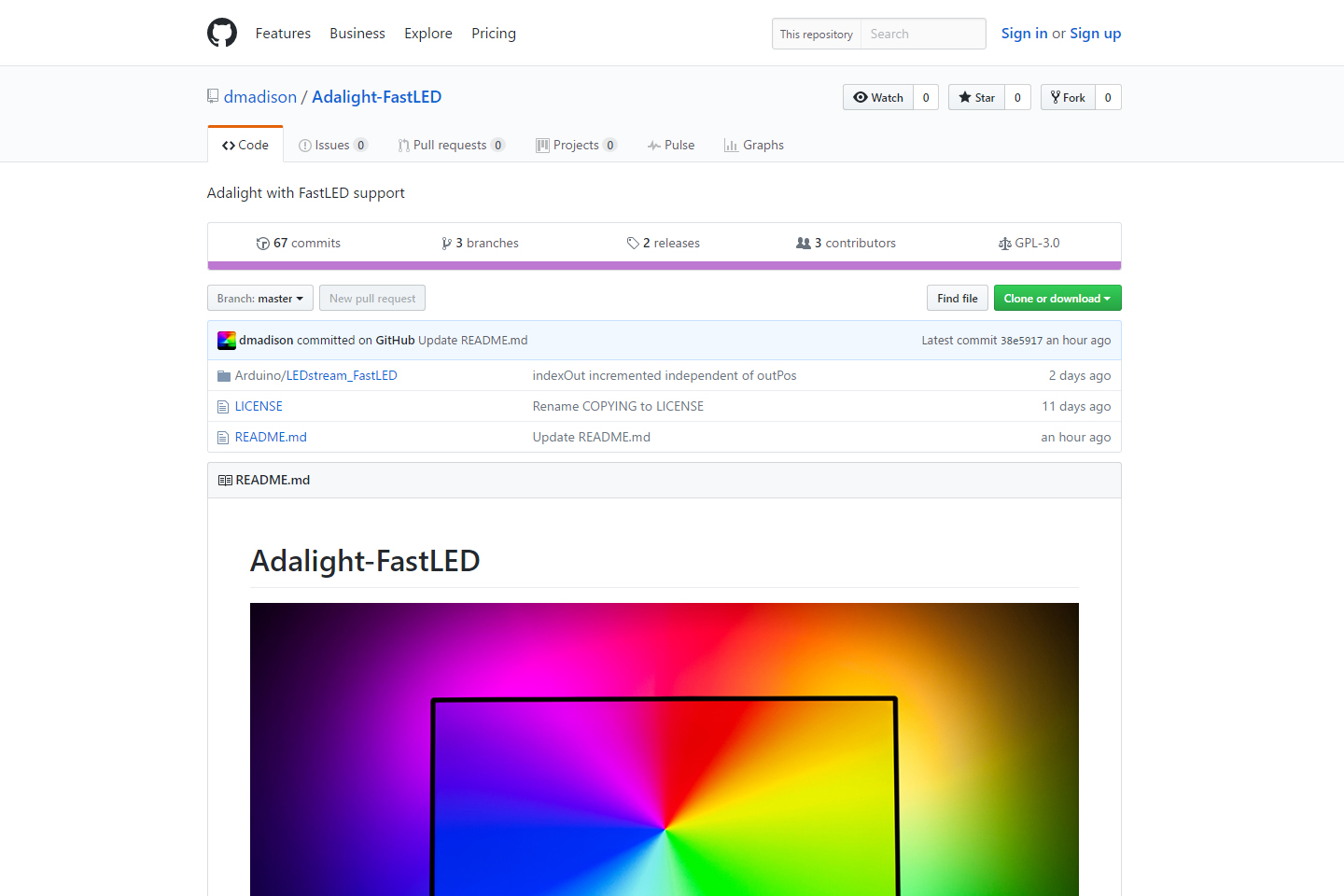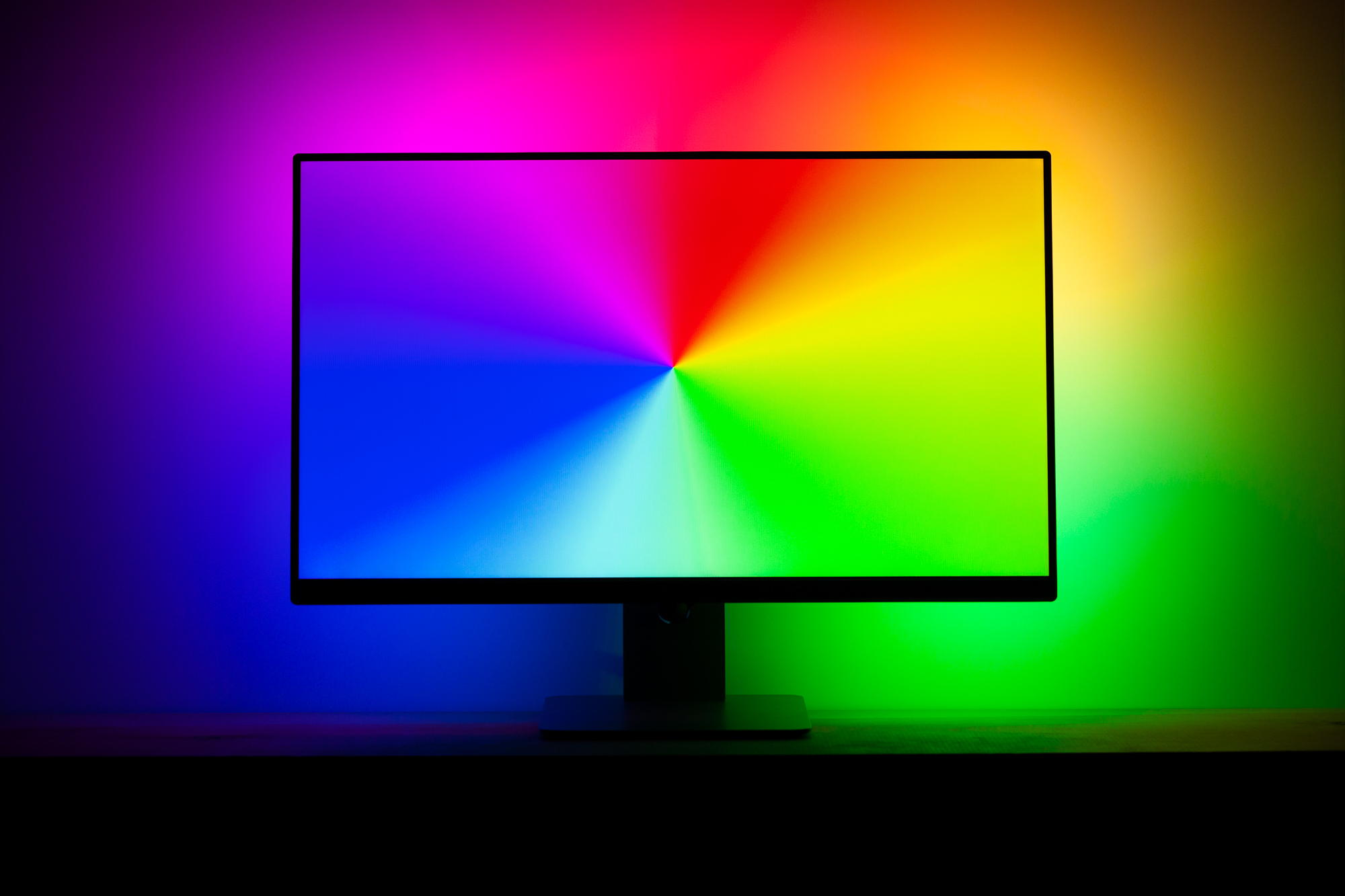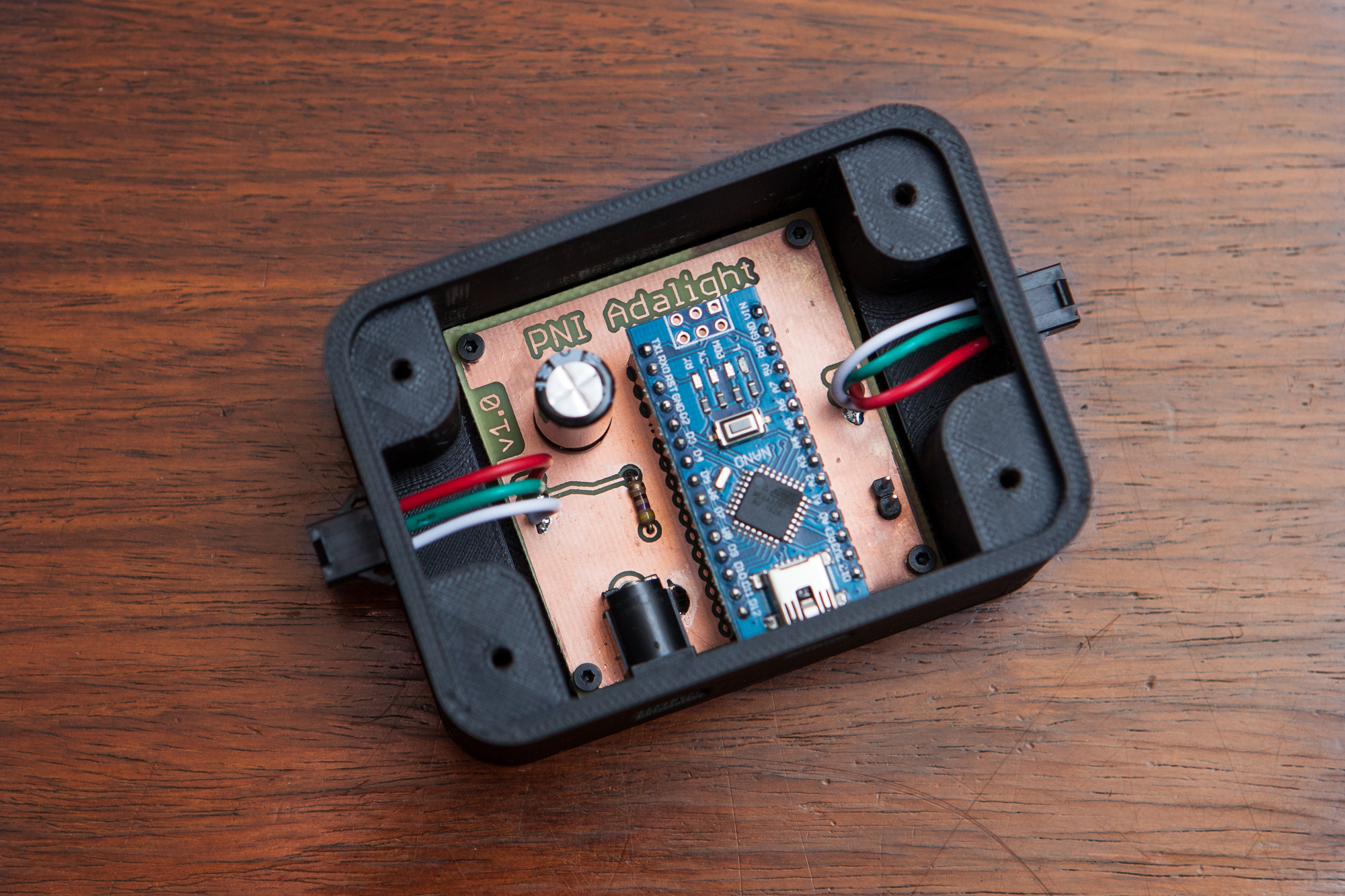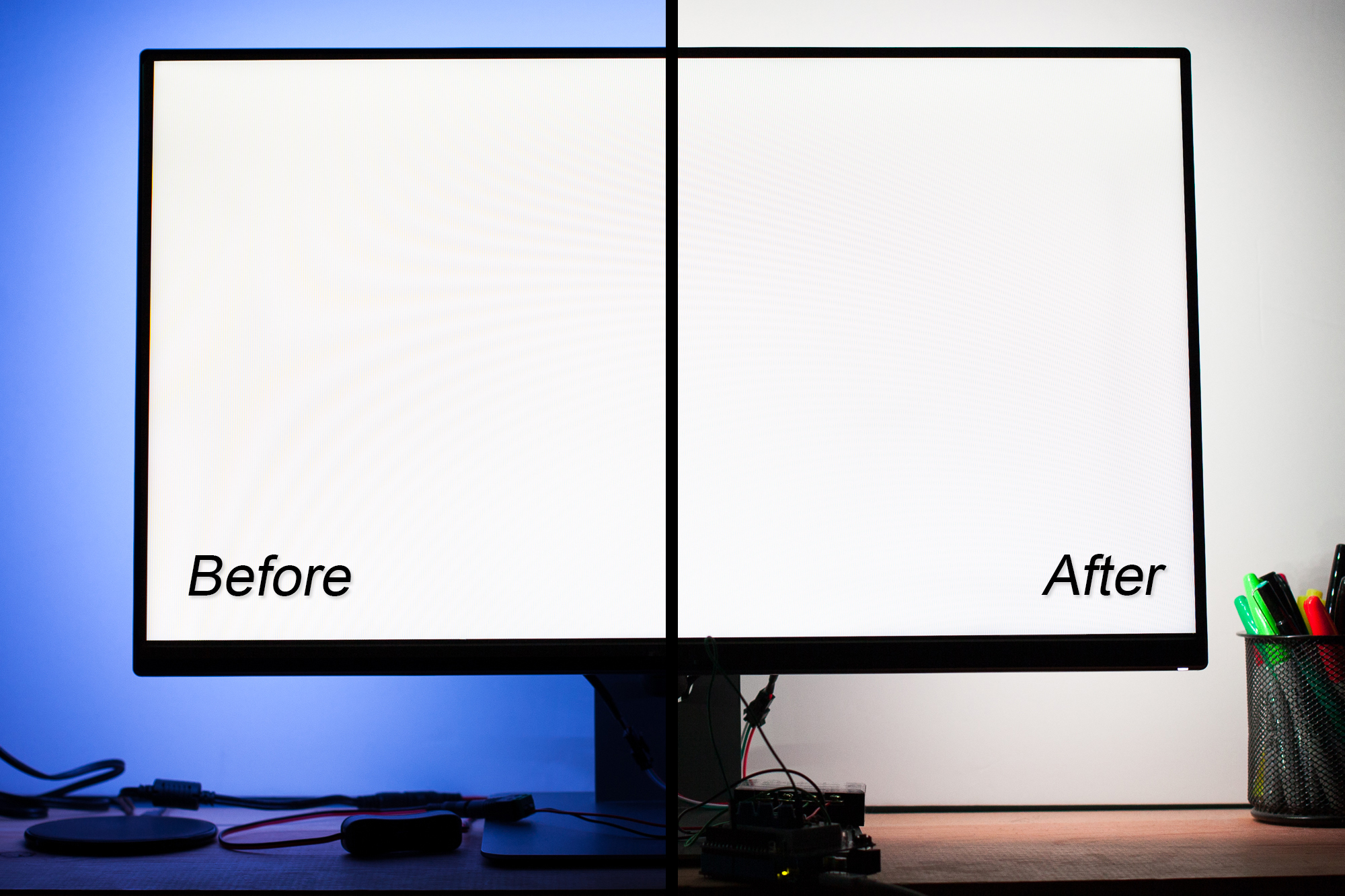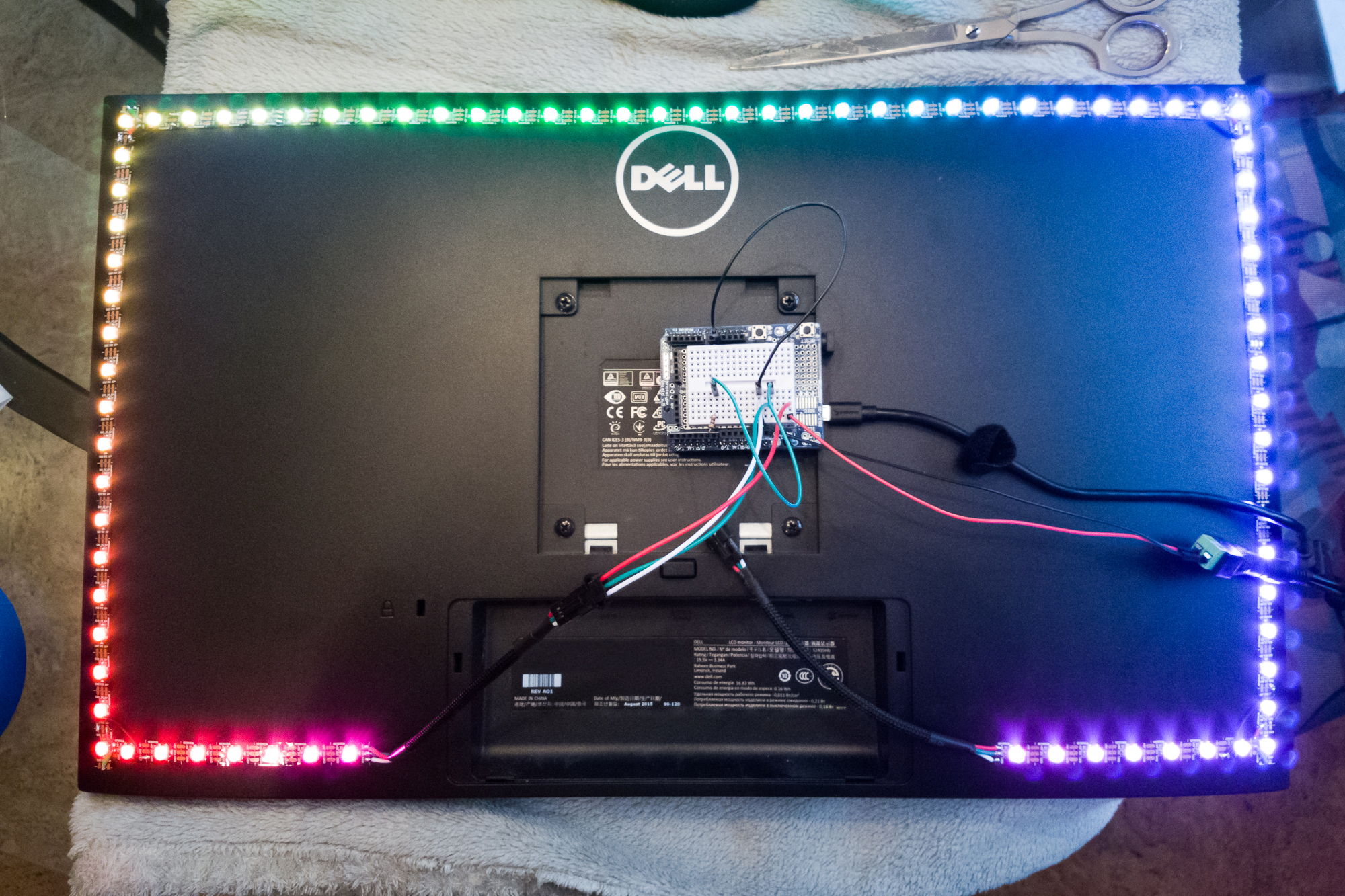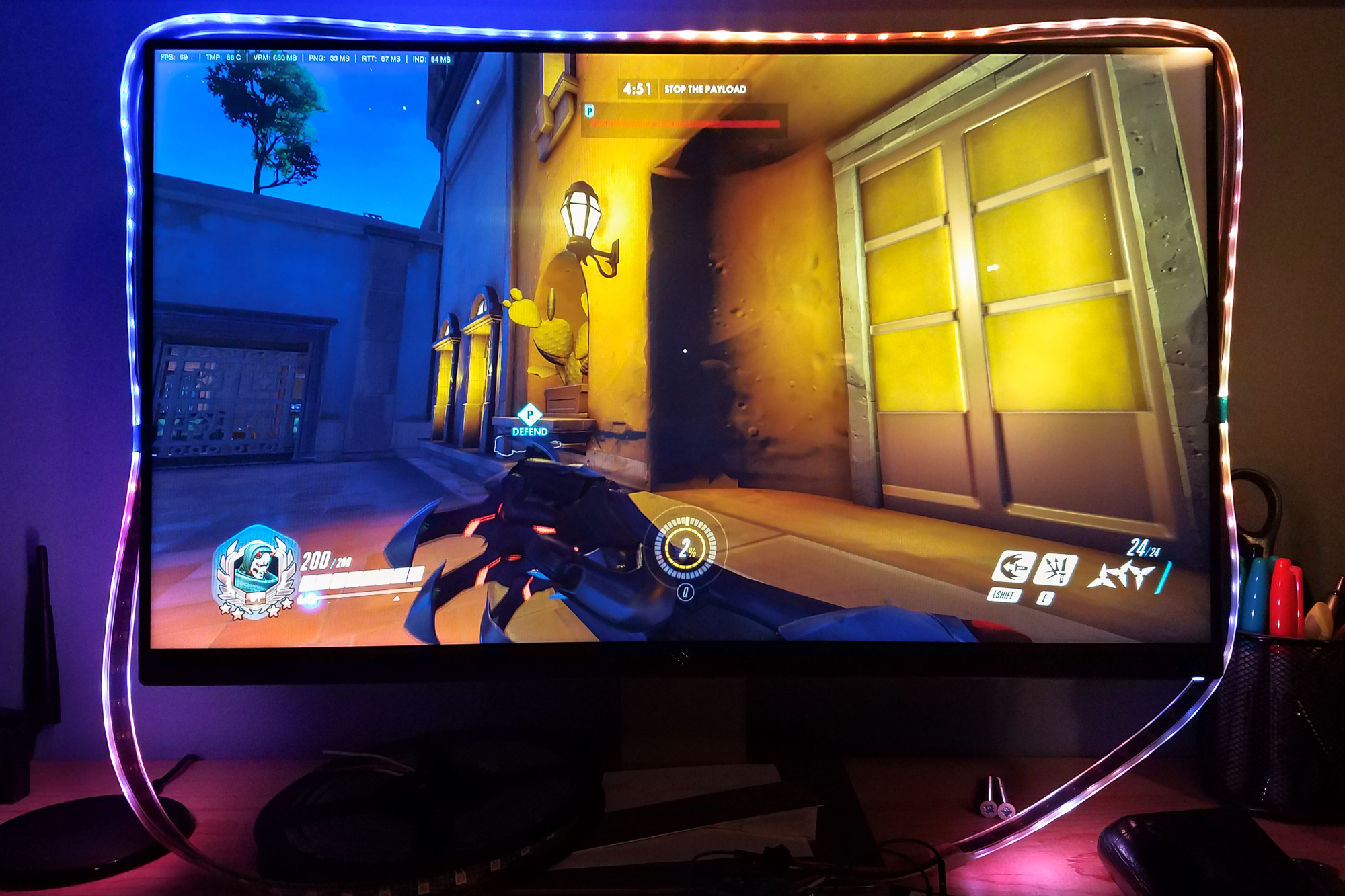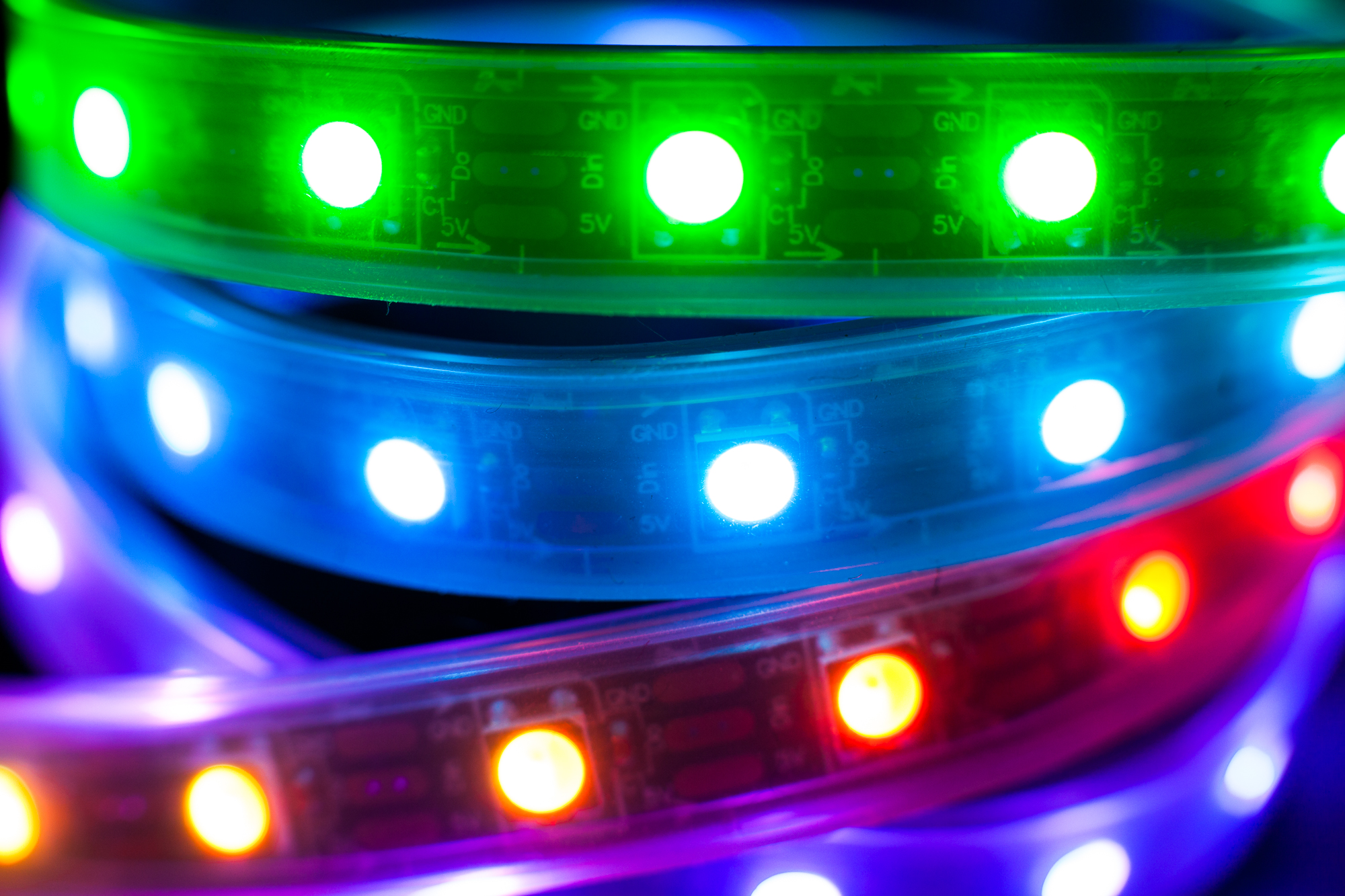I keep getting distracted by other projects and ideas, but I wanted to post a brief update on the footwell NeoPixels project. I’ve been working on the data structures and color patterns, but today I wanted to cover something simpler.
For the time being I’m not planning on changing the color of the tC’s interior lighting, which is a nice burnt orange. I’ve toyed back and forth with the idea of replacing the tC’s cubby light and adding a few lights to the cupholders, which on a default setting should match the rest of the lighting. This gives us today’s problem: how do we match the NeoPixel’s color with the other LEDs?
(more…)
